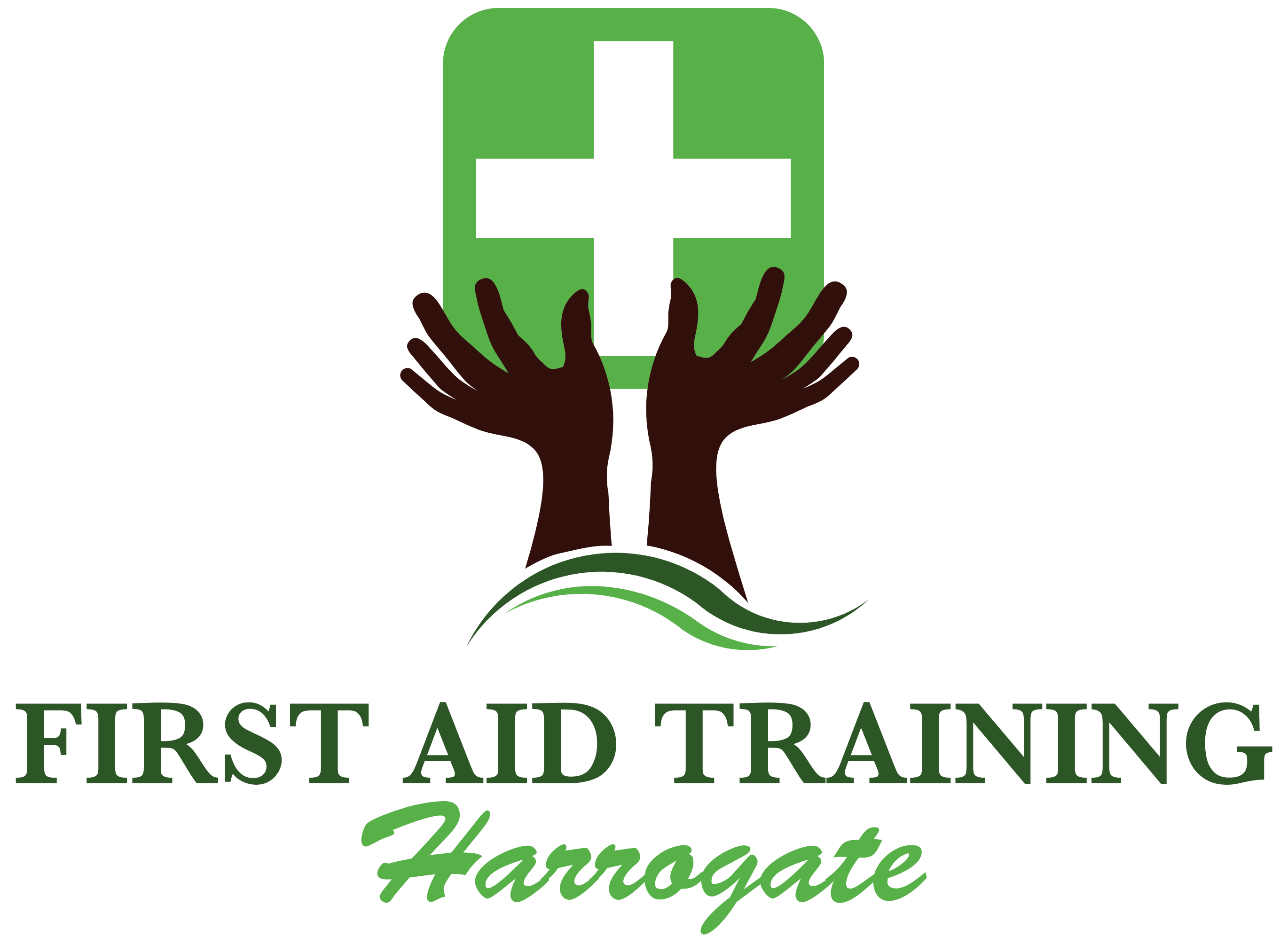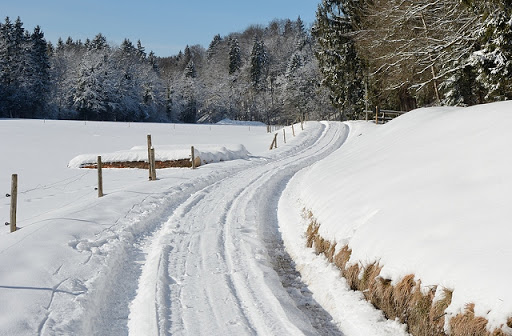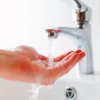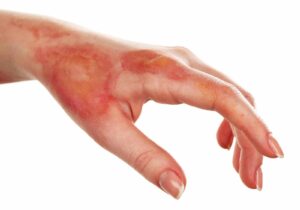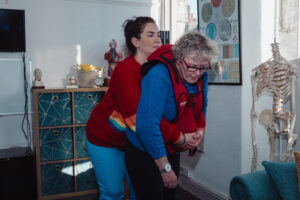Winter is a magical time for many of us – especially those with children who are most excited about the latest downpour of snow, or the black ice to slide on outside!
However, for others, it’s a time of concern and worry, especially if you need to make your way out for food supplies or to get to work regardless of the weather conditions.
To ensure you keep safe in the snow and ice this winter, we have listed some top tips below for when you are out and about. If you are sensible and well prepared, then you can minimise your chances of accidents.
Avoiding slips and falls
Unfortunately, slips and falls are the most common type of accident in snowy and icy conditions. Thankfully, most of these falls result in only minor bumps and bruises. However, many people are also admitted to the hospital each year having suffered from more serious injuries following a fall.
To minimise your chances of falling, you should always be prepared before you leave your home. Firstly, give yourself more time than usual. So, if you have to be somewhere that usually takes you ten minutes, allow yourself twenty. Rushing around on the ice is never a good idea!
Wear waterproof, sturdy footwear with a good grip on the sole. You can always take a change of shoes with you in a rucksack if you need one for work. Wear extra layers to protect your body parts, which may act as cushioning should you fall. Nordic walking poles are also a great idea to use in thick snow. If not, a normal walking stick would do.
Plan your route so you travel via main walkways and paths. Your usual short cut might save you a few minutes, but it’s likely not to have been cleared or gritted and will cause a greater slipping hazard in the end.
Clearing ice and snow away
Clearing away ice or snow, where possible, can help to prevent slips and falls from occurring. You have a duty to prevent others from getting injured in your home grounds (for example postmen and delivery drivers) as well as family members.
When trying to clear the areas around your home or place of work, you should ensure that you don’t make the conditions any worse. For example, pouring boiling water on a path and then leaving it could create a surface of black ice, which could prove even more dangerous. Always use sand or salt to melt the snow instead. You can use ordinary table salt or dishwasher salt depending on what you have available.
It’s far easier to move fresh snow rather than hard-packed snow, so start early morning to get the best results. You can then cover the path or area with salt to stop it refreezing over.
Be sure to pay extra attention to clearing snow and ice from steps or sloped pathways – you might need to use more salt on these areas as they are extra dangerous.
Caring for older people
The after-effects of a fall can be much more serious for older people, therefore try to do what you can to help those around you. Especially given the lockdown, when it may be difficult for people to get supplies as easily.
Offer to collect groceries or prescriptions for elderly family members or neighbours to reduce their risk. Or, you could clear the front entrances of elderly neighbours to create a safe path to exit their homes onto a main walking path.
Would you know what to do if you saw someone injure themselves from slipping or falling in the snow? Here at First Aid Harrogate, we offer valuable training courses to help you know what to do to help the people in your community should they need it. Contact us to find out more about the training we offer.
